Art, Inspiration, and Self-Analysis of a project heavily inspired by science fiction and magical girl anime.
Don't wanna be here? Send us removal request.
Photo

Hand-to-Hand Combat, Prepared by the Training Division Bureau of Aeronautics U.S. Navy, 1943
71 notes
·
View notes
Text
extremely dumb concept: xenocarcinisation. we discover independently evolved life on an alien planet and most of their lifeforms are bizarre and mostly unfamiliar but there’s one or two ocean-dwelling species that look like pretty good facsimiles of regular ol’ earth crabs. every time. every time we find some uniquely developed source of multicellular life we keep findin crabs. they’re just such a good shape to evolve into. imagine crabs scattered across the universe.
33K notes
·
View notes
Photo

Goth with raven on public transport (via here)
431 notes
·
View notes
Photo
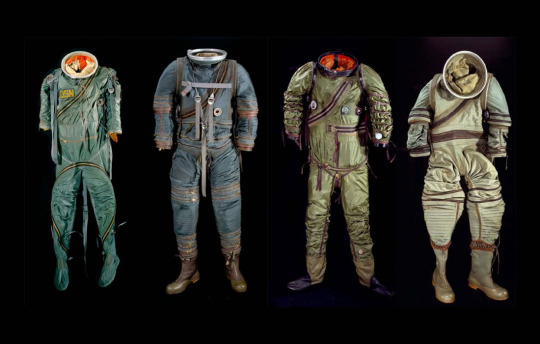

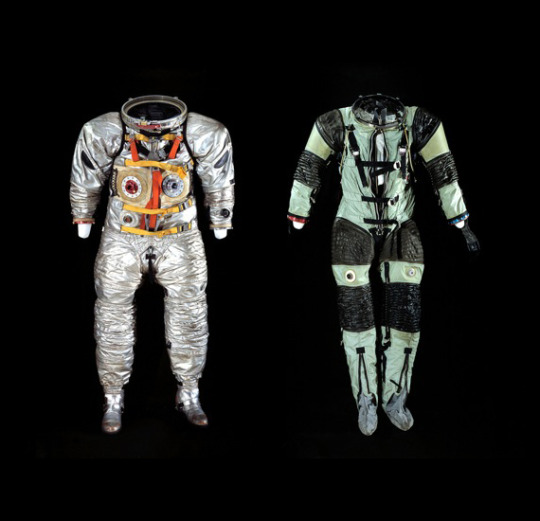
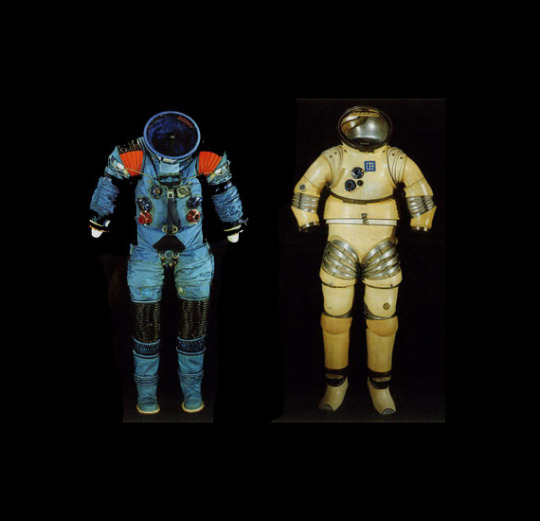
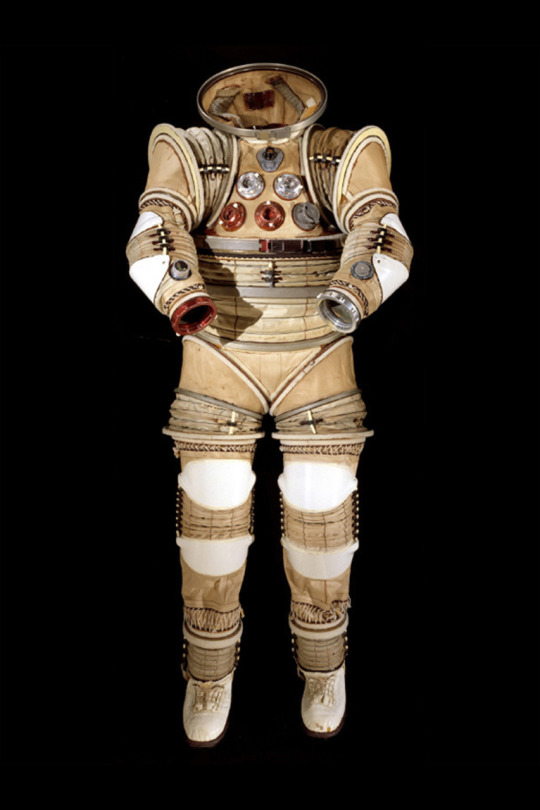
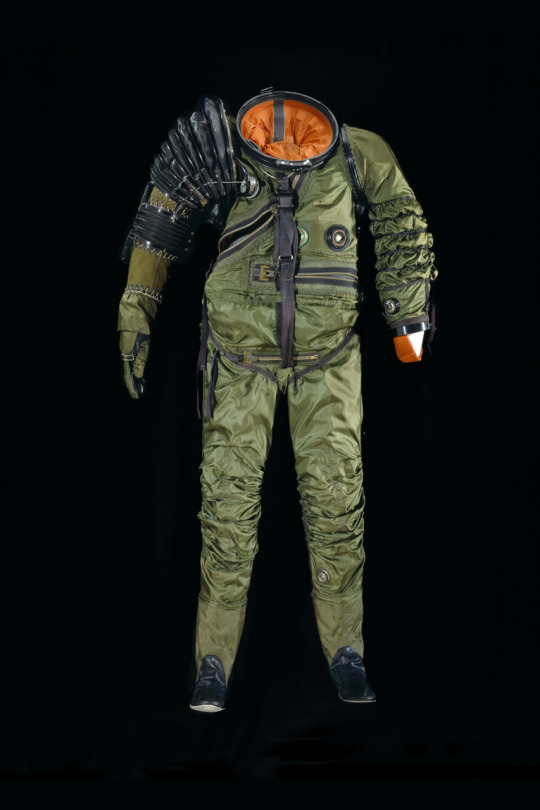
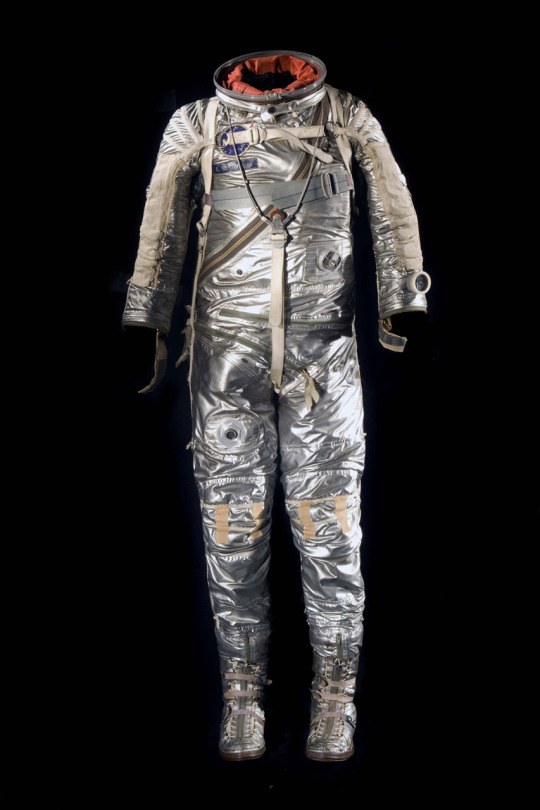

Evolution Of The Spacesuit
All images taken from Spacesuits: The Smithsonian National Air and Space Museum Collection, by Amanda Young, photographs by Mark Avino
12K notes
·
View notes
Photo




Star Wars: The Power of Costume exibit, original Padme concept art
(I dont remember the credits soz)
4K notes
·
View notes
Text
If space travel doesn’t involve sea shanties then I think we’ll have missed an opportunity.
57K notes
·
View notes
Photo
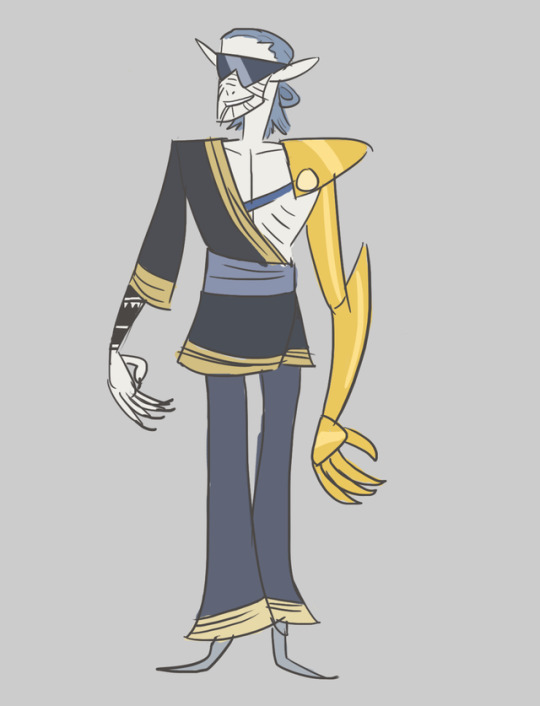

i couldnt choose which one i like more so you get both
connor coldfoot
1 note
·
View note
Text
i wonder if u can teach a orangutan how to use a iPhone
73K notes
·
View notes
Photo
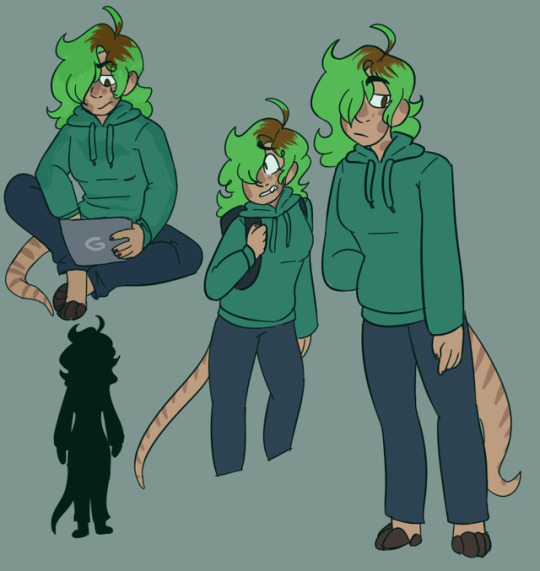
character design stuff w/Omega
all my hacker characters are green lesbians…
5 notes
·
View notes
Text
Why were we allowed to read Animorphs as kids, anyway?
It’s a question I see come up in this fandom again and again: How the heck did Animorphs books make it into school libraries and book fairs across the country to be marketed to eight-year-olds when they feature drug addiction, body dysmorphia, suicide, imperialism, PTSD, racism, sexism, body horror, grey-and-black morality, slavery, torture, major character death, forced cannibalism, and genocide?
To be clear, I don’t actually know the answer to that question. It is, admittedly, a little odd to consider, especially in light of the fact that Bridge to Terabithia gets banned for killing one character (much less several dozen), The Witches gets banned for having a character trapped in the body of an animal (without even going into issues of predation or body horror), The Chocolate War gets banned for having moderately disturbing descriptions of violence between teenagers, Bird gets banned for dealing with the realities of drug addiction, Winnie the Pooh gets banned for having talking animals, Harriet the Spy gets banned because the main character lies to her parents, and The Secret Annex gets banned because Anne Frank describes normal teenage puberty experiences throughout her diary. And yet Animorphs was marketed to children as young as six nationwide, and (despite selling better than even some classics like The Chocolate War at its peak) no one ever bothered to burn those books or cry that they would rot children’s minds.
If I had to take a wildly inexpert guess, knowing as little as I do about the publishing industry and the standards parent groups use to determine whether books are “moral,” I would venture to speculate that there were several different factors at work.
Grown-ups judge books by their covers just as much as children do. For proof of that phenomenon, just scroll through the Animorphs tag on tumblr, any relevant forum on Reddit, or any old post that uses that stupid meme. The book covers suggest that the stories inside will be silly, campy adventures about the escapist fantasy of turning into a dolphin or a lizard. People don’t look too closely at the books with the neon candy-colored backgrounds and the ridiculous photoshop foregrounds, especially not when they imply a promise that the novels themselves will be the most inane form of sci fi.
There’s no sex. To quote the show K.A. Applegate most loves to reference: “I guess parents don’t give a crap about violence if there’s sex things to worry about.” The large majority of books that get banned from schools are thrown out for having sexual content: the freaking dictionary was banned from California schools for explaining what “oral sex” is, And Tango Makes Three was removed from shelves because apparently married couples are inherently shocking if they happen to be gay, and the list of most-banned books in the U.S. is full of books which explain in perfectly child-appropriate terms what puberty is and where babies come from. Animorphs, by contrast, never gets more explicit than Marco calling Taylor a “skank” or Jake and Cassie’s few stolen kisses. The only mentions of nudity are implied (and even then only when the kids are first coming out of morph), and the most explicit thing we ever hear about Rachel and Tobias doing is staying up late in her room to do her homework together. It becomes unbelievably obvious in retrospect that there’s a decent level of queer representation in the books (Marco repeatedly describing both Jake and Ax as “beautiful” or “handsome,” Mertil and Gafinilan, multiple characters casually morphing cross-gender), but it’s also possible to overlook the queerness if you don’t know it’s there. There might be explicit autocannibalism in this series, but at least it never uses the word “nipple.”
There’s no profanity. Again, there’s a strong implication of profanity—Rachel and Jake especially often “use certain words to describe things” in a way that makes it incredibly obvious what they’re saying, and context clues tell us Ax says “fuck” at least once—but given that the strongest expletive that comes up with any regularity is “good grief,” this can act as an obvious (if dumb) heuristic for parents that a book is appropriate for children. People love to count the swear words in Catcher in the Rye when describing why it should be banned (generally without, heaven forbid, reading the goddamn book). Other works such as To Kill a Mockingbird have been banned for using a single word, regardless of context. If a parent is looking to object to a single word or set of words as grounds that a book is inappropriate, the worst they’re going to find is half a dozen instances of “heck” and maybe a dozen of “crap.”
Some of the worst content is context-dependent. As I pointed out above, at least five or six different characters (Tobias, Arbron, Alloran, Tom, Allison Kim) attempt suicide over the course of the series. At least three or four species that we know about (Hork-Bajir, Howlers, Nartec) get largely or entirely annihilated. However, in order to understand that any of that occurs, you actually have to read the books. Not only that, but you have to read them closely. Cates pointed out that some of the most disturbing passages from #33 are, in a vacuum, just descriptions of blinking diodes and weird hallucinations. The description of Tobias attempting suicide is just a long list of mall venues that flash by as he zooms full-speed toward a glass wall. Even the passages with Rachel threatening David (or carrying out those threats) don’t make much sense unless you know how a two-hour limit on morphing works. For the parent skimming these books looking for objectionable content, nothing jumps out.
The books are, in fact, appropriate for children. This quality is what (I believe) prevented parents like mine from taking the books away from us kids even after reading several entire novels out loud to us before bed. The books contain violence, but they sure as hell don’t condone it. They touch on subjects such as drug addiction and parental abuse, but they do so from the point of view of realistic-feeling kids and don’t fetishize that kind of content. Most of the lessons contained within are tough—that there’s no such thing as a simple moral code, that people with the power to prevent atrocity also have the obligation to do so, that members of the hegemony aren’t actually all that special, that the world is a scary and violent place for most people who have to live in it—but they’re also important lessons, and good ones to teach to children. I would be comfortable with my own children (assuming I had any) reading these books at the same age I started reading them, in first and second grade.
You have to understand the fictional science to understand (most of) the horror. Trying to describe some of the most horrifying passages in Animorphs is like “and then they flushed the pool for cleaning, but the pool was full of slugs!” or “but she explained to her son that she had to have a parasite in her brain so the parasite’s friends wouldn’t be suspicious!” or “and then the hawk ate a rabbit, as hawks are wont to do!” while one’s non-fandalite friends stand there and go “… so what?” The laws of Applied Phlebotinum in the series turn those earlier moments into a war crime, an assisted quasi-suicide, and a loss of identity, respectively; however, you have to understand the laws of applied phlebotinum in order to know that. For anyone not reading closely, the horror can be overlooked. For those of us who are reading closely, phrases such as “host breeding program,” “fugue state,” “eight minutes too late,” and “the howlers are all children” (or any mention at all of people being injured while taxxons are in the vicinity, for that matter) are enough to chill your blood. But again, for that to happen, you actually have to read the books. Which we can assume most of the people skimming for curse words do not.
Some of those exact same premises wouldn’t be horror at all if handled by a different author. K.A. Applegate subverts the “wake up, go to school, save the world” trope; normally premises that feature teen superheroes fighting aliens are considered appropriate for all ages (e.g. Avengers Assemble, Kim Possible, Teen Titans) because they feature bloodless violence and gloss over the question of whether aliens are people too. The utterly arbitrary standard that kids should be allowed to see violence but not blood allows for justification of movies like Prince Caspian, Night at the Museum, and Ghostbusters to feature characters getting murdered in all kinds of ways in PG-rated movies. “Violence” and “sci-fi violence” are two different categories according to the MPAA rating system; guess which one gets a lower rating. Of course, there’s a crapton of science showing it doesn’t make the tiniest bit of difference to kids whether or not they see blood, they’re still gonna learn violent behaviors and potentially be traumatized, but again where the arbitrary standard persists. Therefore, if most of the premises of Animorphs books don’t sound horrifying, they must not actually be horrifying. Right?
The books are almost as light as they are heavy. Part of the reason I have comfortably loaned my copies of the early books to friends with ten-year-old kids is that it’s not primarily a downer series. Animorphs aren’t R.L. Stein books, which always end on (the implication of) the protagonist’s death. They’re not uniform horrorfests like Dolls in the Attic or Scary Stories to Tell in the Dark. Applegate doesn’t fetishize violence the way that Cassandra Clare and Ransom Riggs do. The most-quoted passages from these books are the ones that are funny, not horrifying. These are stories about the joy of aliens discovering Volkswagen Beetles, about the wonder of being able to fly away from one’s life, about friendship and the power of love being enough to make the gods themselves sit up and pay attention. The whole saga tells the story of six kids sacrificing more than their lives to save their families, and of how that sacrifice brings down an empire. I suspect that many parents were either paying so little attention they didn’t realize these stories could be classified as battle epics or as kiddie horror, or else were paying so much attention that they concluded that this series is a battle epic worth reading.
Then again, maybe there was a whole other set of market pressures which accounted for the lack of censorship which I don’t know about. If so, the economics side of tumblr is encouraged to enlighten me.
16K notes
·
View notes
Video
tumblr
Astronaut readjusts to life back on Earth
> Don’t give him a baby for a while.
2M notes
·
View notes
Text
new idea: hell chess
all the basic rules are the same like playstyle wise
trash talking is encouraged
you get as much time as you need but if you look away from the board your turn is over
the referee is yelling everything like a sports announcer and you cannot complain
you can take one of your pieces from the board and throw it at your opponents head but you sacrifice that piece
you have to name the king and queen something
fun additives to make the game unique:
a. close your eyes and reach into a bag of about 48 chess pieces to pull out your sixteen pieces. whatever you get is what you play and you must follow the rules of those chess pieces. if you get four queens good luck. if you get no queens good luck
b. the referee can decide to throw in as many checkers pieces as a time as they please, as long as equal pieces are distributed to both players. the players are now not only playing chess but also checkers on the same board.
100K notes
·
View notes
Photo



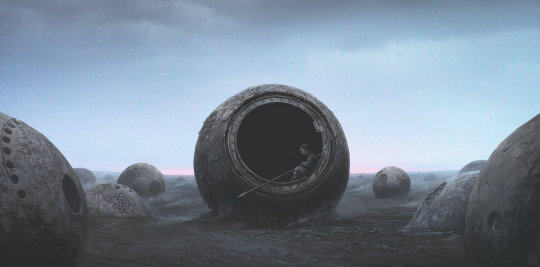

Birthrite of the Ancients
by the always brilliant Yuri Shwedoff
4K notes
·
View notes
Photo

Gala i drew last night. His hair definitely goes in a direction.
5 notes
·
View notes
Photo

“Ever-diligent, dogs kept pace with humanity. Cosmic retrievers could fetch in the vacuum of space. Timehounds could track temporal invaders.” -QuietPineTrees
1K notes
·
View notes

